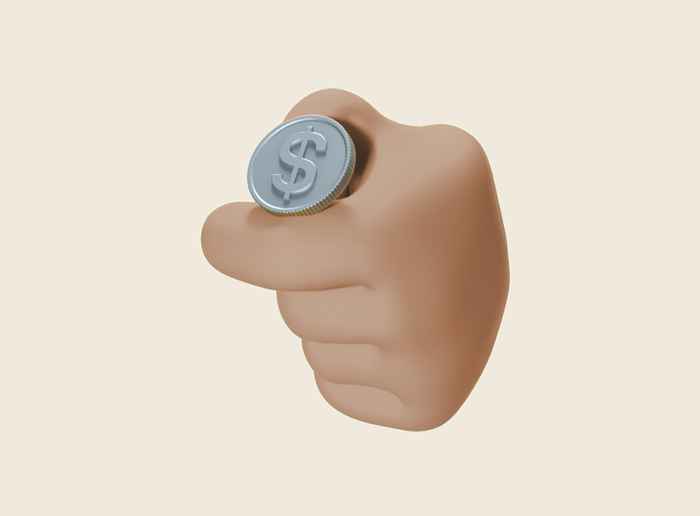When you flip a coin, will it land more often on the same side it started? A well-known physics model suggests it will. Now, for the first time, scientists have gathered robust data to back up this hypothesis. They collected data from 350,757 coin tosses, including 12-hour coin-toss marathons. If you start with the head side up, the coin also more frequently ends up with the head side up.

Many people have tossed a coin at some point to make a decision or take a gamble. But few people wonder if the outcome might not be truly random. An international team of scientists, led by the University of Amsterdam (UvA), decided to test a well-known physics model that suggested there was slightly less randomness than people generally expected.
350,757 coin tosses
The team of scientists called on friends and online participants to take part in a large-scale coin-tossing test. They managed to gather data from 350,757 coin tosses involving 46 different currencies. The result: If you start with the head side up, the coin more frequently ends up with the head side up, with the same pattern obviously holding if you begin with the tails side up.
'The model by Diaconis, Holmes, and Montgomery estimated this probability at 51%. Our average was 50.8%, so it's very close', tells one of the researchers František Bartoš of the University of Amsterdam. 'We also discovered that people don't have a clear preference for heads or tails. So there isn't a specific "lucky side", but you can be more lucky when you know which side is facing up before the toss.'
Mathematicians Diaconis, Holmes, and Montgomery proposed that when people flip a regular coin, it exhibits a slight 'wobble' during its flight. As a result, the coin spends more time with the side it started with facing up, increasing the likelihood of it landing on that same side. According to their model, this probability is approximately 51%, which is slightly higher than pure chance.
This might not sound like a much bigger chance, but it is all about the probability explains Bartoš. 'The results show that flipping a coin is not completely fair as most people think. When for example a soccer team plays 200 games, in two of those games their starting position after a coin toss was not just pure luck.'
Keep the coin's starting position a secret
Can we now exploit this tendency of a coin to land on the same side? 'If you bet 1 dollar on a coin toss and can win 0 or 2 dollars depending on the outcome, and you repeat this bet 1,000 times, you would win an average of 19 dollars if you know which side the coin starts with,' Bartoš explains. 'This probably won't happen in daily life, but when making important decisions with coin tosses, it's wise to keep the coin's starting position a secret.'
The research team conducted this study in their spare time






